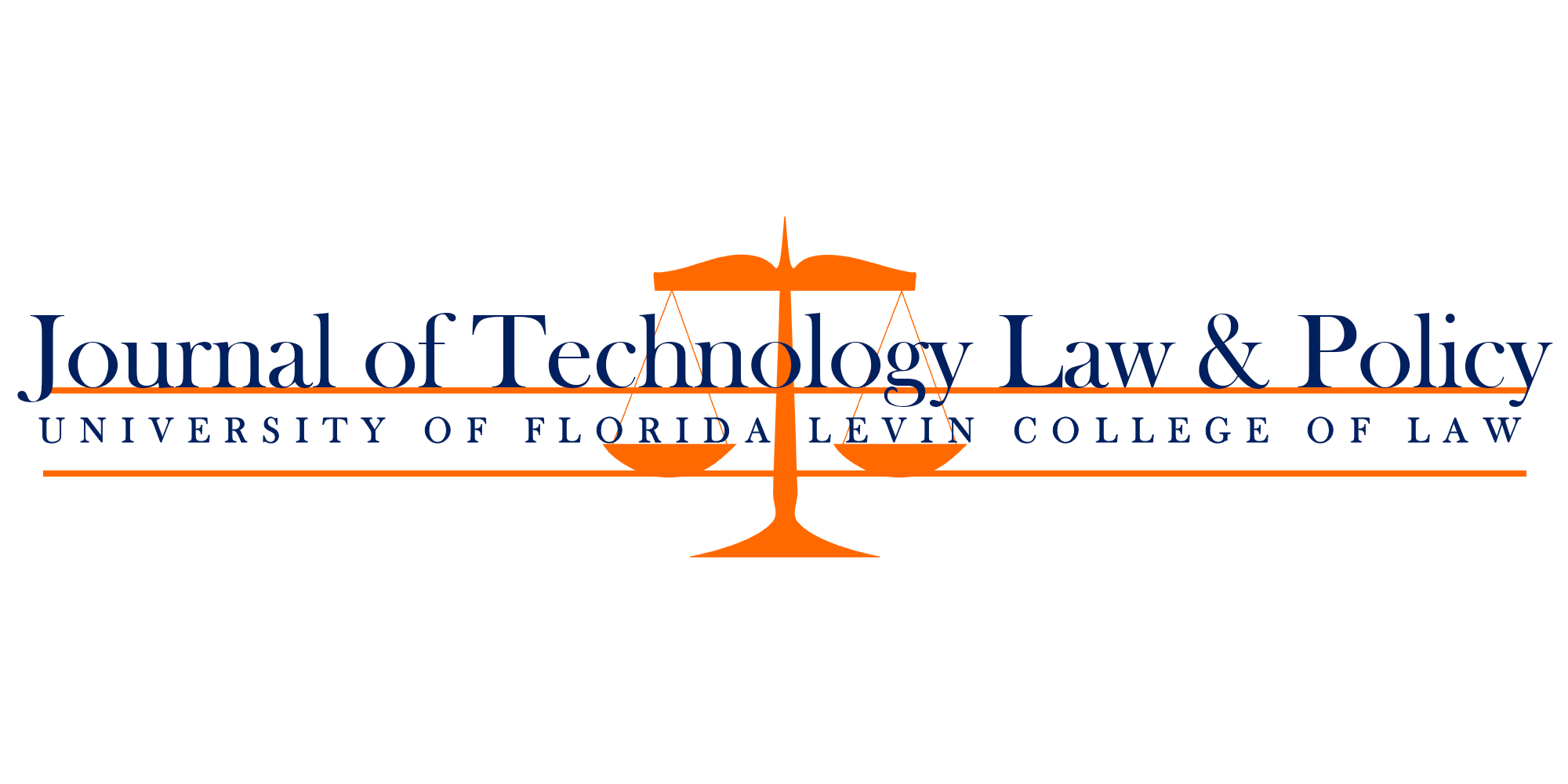
Document Type
Note
Abstract
Recent advancements in deepfake technology exemplify Oscar Wilde’s counter to the traditional view of the relationship between reality and art in a way never before seen. The proliferation and sophistication of artificial intelligence and digital art create previously inconceivable opportunities for celebrity revenue streams and foster a fundamental shift in how society interacts with media online and the importance of truth. Such achievements, while impressive when considered on their own merits, illuminate known deficiencies in legal frameworks. With the potential for unique catastrophic consequences for individual victims and national security, deepfake technology cannot evolve uncontrolled within a black box as is typical for American regulatory regimes. Therefore, this article first critiques the current legal landscape as unprepared to meet the challenges of this technology and inadequate in protecting plaintiffs from their deepfake counterparts, assessing remedies to protect celebrities in the age of social media, where notoriety directly translates into economic opportunities. This Note focuses on celebrities because of the availability of case law, examples, and the protections applicable legislation currently offers. However, this focus on celebrities does not mean that the vulnerabilities and urgency presented by deepfakes are not generally applicable to regular people. Accordingly, a key focus is on the right of publicity, detailing its legal foundations, potential as a cause of action, and the obstacles it faces. Nevertheless, this Note proposes the right of publicity as the most well-suited tool currently available to address these issues without federal regulation and concludes with an evaluation of the recently proposed NO FAKES bill and recommendations for improving existing legislation that protect a celebrity’s image and likeness.
Recommended Citation
Arnwine, Danielle A.
(2025)
"When Deepfakes Make Celebrities a Dime a Dozen Can the Right of Publicity Save Their Worth?,"
Journal of Technology Law & Policy: Vol. 29:
Iss.
1, Article 5.
Available at:
https://scholarship.law.ufl.edu/jtlp/vol29/iss1/5